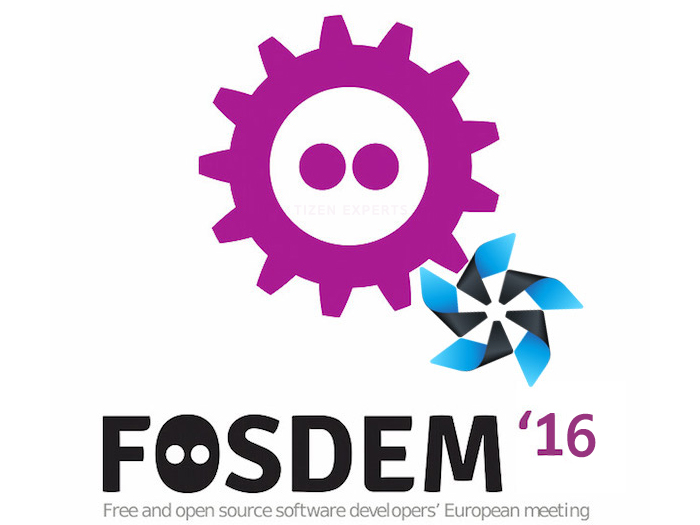Today I’m happy to announce the humble beginnings of a project I started a while ago: Skookum JS, a JavaScript runtime.
“A JavaScript runtime???” Yes, pretty much like Node, but with a different model. Skookum JS (sjs henceforth) uses the Duktape JavaScript engine to implement a runtime similar to Python’s CPython or Ruby’s MRI.
The runtime consists of a CLI utility called sjs which acts as the interpreter and will evaluate JavaScript code, and libsjs, the library which does the heavy lifting and can be embedded in other applications. Any project can add scripting support using JavaScript by linking with libsjs and using its C API.
The runtime model is quite different from Node: there is no builtin event-driven execution, all APIs are (for the most part) object oriented versions of POSIX APIs. Let’s see how to write a socket client which connects to a server, sends ‘hello’, waits for a reply and closes the connection:
https://gist.github.com/2ce6dc09d6d0fb54ada095ac091a912b
I started this project to have some fun (for certain definitions of fun) and learn some more stuff along the way. Even if the project is being open sourced now, the commit history shows its evolution, including all the mistakes and brainfarts, have fun going through it!
My idea is to have a large standard library, including the kitchen sink. Or at least that’s how I feel like today. This initial release contains the basics to get the project off the ground, expect to see improvements.
I’d like to finish this post by thanking its author for Duktape (the JavaScript engine used by sjs). It’s a really easy to use JavaScript engine, with outstanding documentation and great design choices, I couldn’t have done it without it. 10/10 would recommend.
Curious? Bored by Node because it just works? Head over to GitHub for the code, and here for the documentation.

